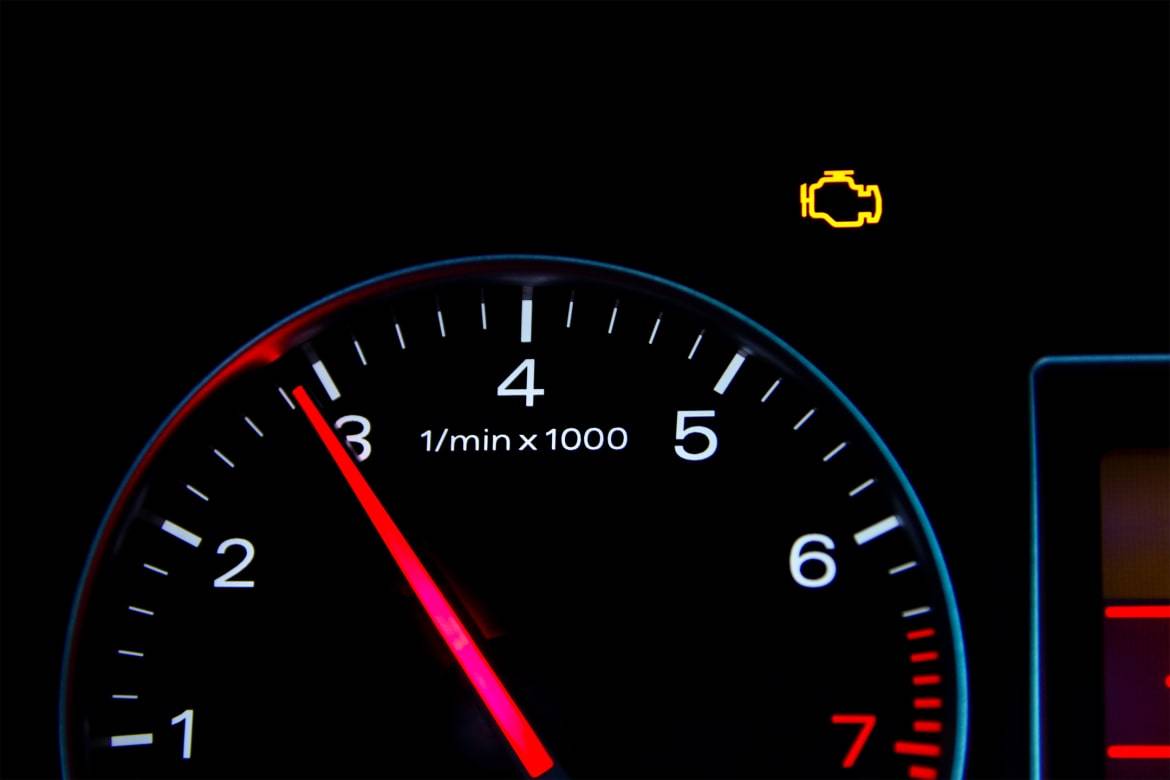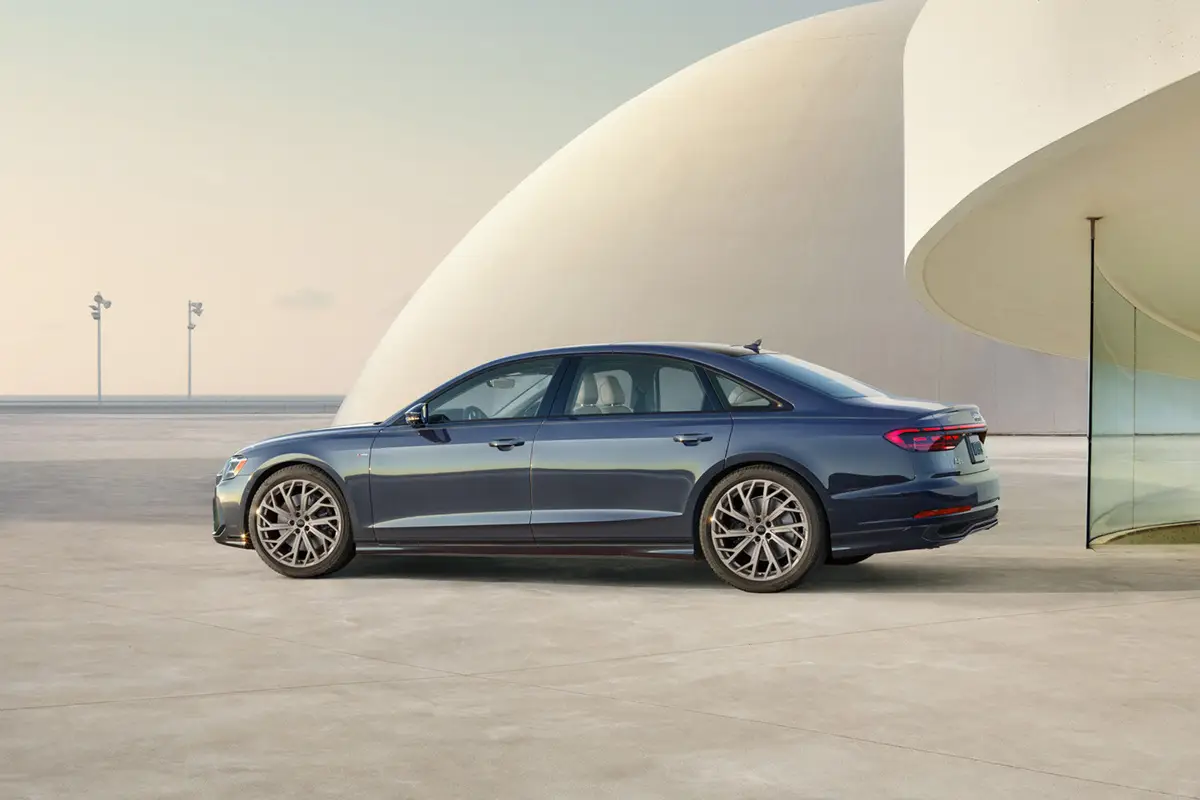washingtonpost.com's view
Note to General Motors Corp.:
Until public perception catches up with the improved quality of your products, there are two things you should do.
* Avoid releasing any pre-production cars or trucks to the media. Pre-production models, those not certified for retail, are never your best samples. They represent an idea of what the market-ready car or truck will be. If, as often is the case, the pre-production model has a few ill-fitting pieces, the media get the impression that the product is a bad idea.
* Even if it means offering steep discounts, sell only your best samples to rental-car fleets, which are where much of the public first comes in contact with your new cars and trucks. Yes, this will cost you money.
So what? You’re already wasting hundreds of millions of marketing dollars annually giving consumers and dealers rebates — bribes — to buy cars and trucks you introduced the wrong way. It makes more sense to spend that money up front creating a good impression of vehicles than it does to spend it on the rear end in a self-defeating enterprise to get people to buy cars and trucks they don’t want.
Those are my thoughts after spending a week and hundreds of miles in your 2007 Chevrolet Cobalt SS sedan. I like the little car. It is delightfully competitive with anything in its compact-size segment, or $13,000-to-$21,000 price range.
I drove it all over New York City and then drove it to my home in Northern Virginia. That’s a lot of seat time in a car, especially in what essentially is an economy automobile — enough time to form a lasting impression, which is this:
The Cobalt is a winner that you introduced as a loser. Hey, chill out for a moment and listen.
A year or so ago, when you brought the Cobalt line to the attention of the media, you rolled out pre-production samples with competent-to-downright-zippy 2-liter, 2.2-liter and 2.4-liter four-cylinder engines. The front-wheel-drive Cobalt’s styling was much improved over that of the Chevrolet Cavalier it replaced. But the interior pieces in the pre-production models didn’t fit together all that well. And some of those plastic pieces were downright cheap.
You compounded that error by shipping your most basic Cobalt samples to the rental-car companies, where the public first came in contact with the car. Needless to say, the public was not impressed.
Thus disheartened, you made another critical mistake. You rested on the mourning wreath of your profound disappointment — the corporate version of inaction generated by depression over a failed, or less-than-spectacular, product launch. Most meaningful advertising support for the Cobalt disappeared and was replaced by product-degrading, get-this-one-cheap spots.
In short, GM and Chevrolet, in the matter of bringing the Cobalt to the public’s attention, you goofed and goofed badly.
Luckily for you, the market-ready car, particularly the upgraded SS version I’ve had so much fun driving, is much, much, much better than your marketing. For that matter, especially if automotive bang-for-the-buck can be translated to the most horsepower, fuel efficiency, safety and amenities for the least money spent, the Chevrolet Cobalt is as good as the current generations of the Honda Civic, Nissan Sentra or Toyota Corolla, if not better.
No, it’s not better than the Mazda3. But neither is the Civic and nor is the Corolla. The Mazda3 simply rocks this class.
But the Cobalt is a bona fide, worthy competitor. It would be nice if GM’s marketing reflected that much.
Latest news

What Is a PCM?


